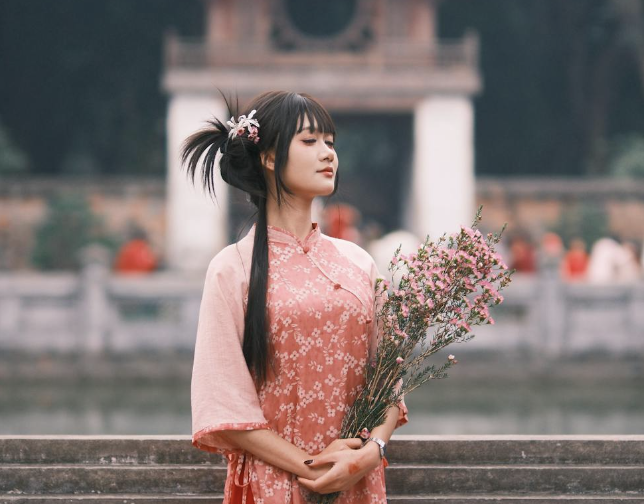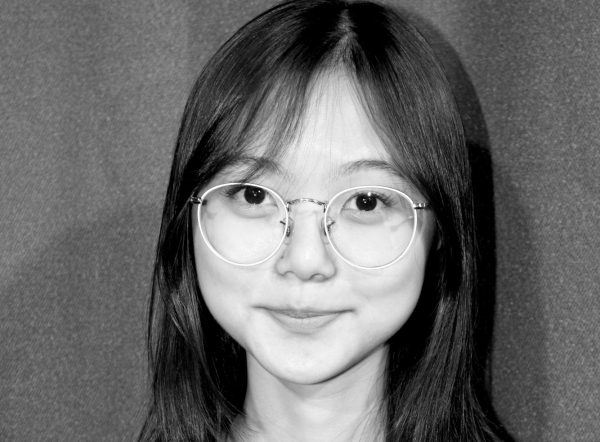China
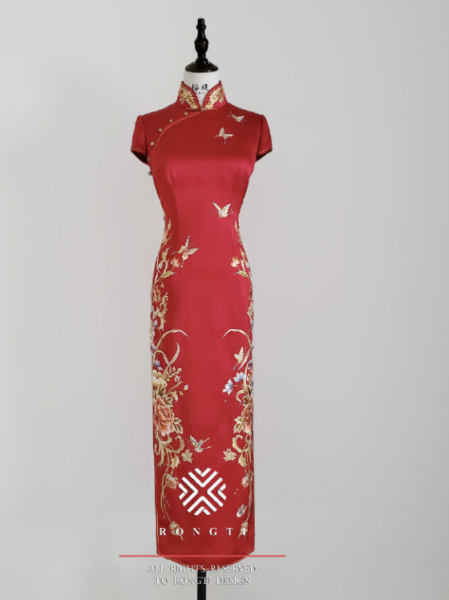
Cheongsam (Qipao)
The Qipao is the most famous traditional clothing. It evolved from the Manchu women “changpao”, meaning long gown. During the Qing dynasty, people were called “Qi,” which is why the clothing was named Qipao. It is a long short-sleeved one-piece outfit with usually a slit towards the bottom and a v-neck top.
Tang Suit (Tangzuang)
The Tang Suit is a type of Chinese jacket that origins the Tang Dynasty, it was then adopted by the Hang Chinses during the Qing Dynasty. Then, it was worn by Machu Horsemen. Evolving from the Magua to the Tangzuang. The jacket can usually have Chinese characters on it expressing good luck, with a standing collar and Pankou buttons.
Hanfu
The Hanfu has been worn by the Han Chinese since 202 BC-220 AD. In the 1800s, upper-class members started to adapt to Western clothing so they stopped wearing Hanfus. In the 1900s, the government implemented policies to phase out the traditional Hanfu so that Western-styled dresses could be in favor.
However, Hanfus started to come back in recent decades in China as a traditional clothing to Chinese culture. A Ru jacket is used as a top, a crossed collar that can be tied at the waist, and a Ru jacket is used as the bottom.
Vietnam
Ao Dai
 Ao Dai is a long-sleeved, silky/cotton long-slit dress at both sides, with matching pants, and can often have a standing collar, worn by women. It originated in South Vietnam in the early 1700s. When Vietnam was divided by the North and South, the ruler of the South, Nguyễn Phúc Khoát asked his subjects to wear a long gown over trousers, inspired by Chinese influences. In Vietnam, it is also often worn as a school uniform.
Ao Dai is a long-sleeved, silky/cotton long-slit dress at both sides, with matching pants, and can often have a standing collar, worn by women. It originated in South Vietnam in the early 1700s. When Vietnam was divided by the North and South, the ruler of the South, Nguyễn Phúc Khoát asked his subjects to wear a long gown over trousers, inspired by Chinese influences. In Vietnam, it is also often worn as a school uniform.
Ao Gam
Ao Gam is a traditional men’s version of the Ao Dai.
India
Sari
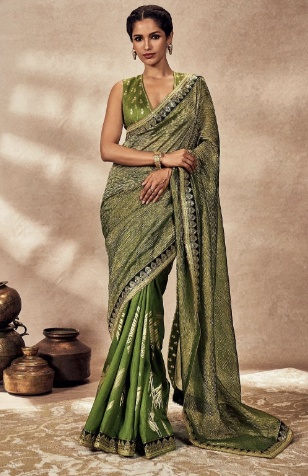
A Sari is a garment is an unstitched fabric that wraps around your body. One end is around the waist and t
he other ends up rested over the shoulder. The word Sari means strip of cloth. It was created during the Indus Valley Civilization and is typically six to nine yards. Saris can be accompanied by a choli (blouse) and parkars (pants).
Kurti
Kurtis became popular in the 19th century when philosophers and known artists were wearing this piece of cloth. They are loose-fitting garments that reach the knees or lower, primarily worn by men but soon adapted to women.
Lehenga
Lehengas is an ankle-length skirt, draped over the hips, usually having hints of gold patterns on it. It became popular in the 16th century and worn by royalty. The Lehengas are paired with a choli (blouse) and often with a dupatta, a scarf-like item that goes on the head or shoulder to show respect.
South Korea
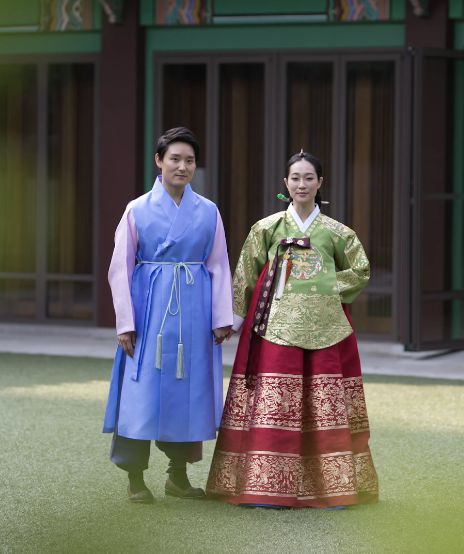
Hanbok
Hanboks were designed during the Goguryeo Kingdom and used to distinguish Korean from Japanese clothing. In the 1900s, people started using the hanja character, Han, to describe Korean clothing. Korean clothing consists of a jeogori (blouse) paired with a chima (skirt), having your hair tied up with a binyeo (a long pin) for women, and a jeogori and baji (pants) for men.
Thailand
Chut Thai
Chut Thai consists of a pha nung or a chong kraben as the bottom and a sabai as the top. They wore it as a form of the dress code. The sabai is a long piece of cloth that wraps the chest and goes over one shoulder, ending up in the back. Chut Thai was influenced by India, created in the 6th to 13th century under the Dvaravati Kingdom. Jewelry is often worn with Chut Thai, Gold metal belts, necklaces and bracelets.

